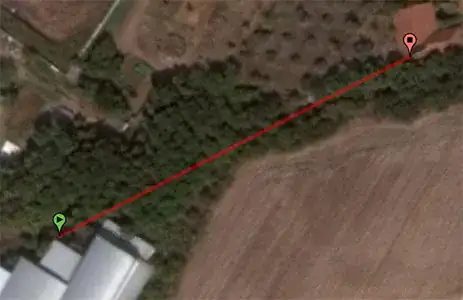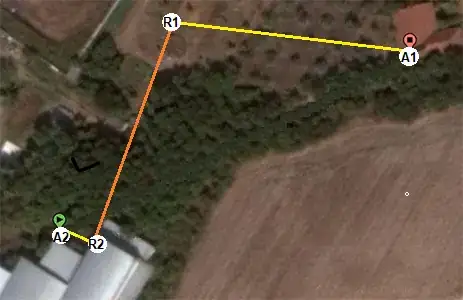If a 10 Mbit/s link speed is really acceptable, you could use 10-base-2: Ethernet over RG58 cable. The maximum cable length is 185 m so you have plenty of margin within the specs. Direct burial cable is available.
You will need to acquire two old Ethernet hubs, each with 10-base-2 interfaces. These will have one or a few RJ45 jacks (limited to 10 Mb/s) on one side and a BNC jack on the other. Of course, you will use patch cables to connect each of them to a port on one of your existing 100 Mbit or gigabit switches. (This will not slow the rest of your network to 10 Mbit/s.) Or if you have only one machine at the far end just cable it right into the BNC-equipped hub.
Then you'll need whatever length of RG-58A/U cable for the run, terminated with BNC male connectors; two BNC "tee" adapters (these will have one male and two female connectors); and two 50-ohm BNC male terminators. The "tee" connectors and terminators are required. Do not simply run the RG58 cable directly from one hub to the other.
This cable is 50 ohm impedance. Do not try to use RG-59 or RG-6, both in common use for cable TV, baseband video, and digital audio - those are 72 or 75 ohms. They won't work reliably.
At one end only, ground the terminator to the building electrical service ground. (You can get terminators with pigtail leads or other connection points to facilitate this.) Don't let it float, and don't ground it at both ends.
A major concern here is that almost all (maybe all) hubs with 10-base-2 ports are out of production and you will likely have to go with either used ones, or new ones that are made for a very small market (so they will not be cheap). Should they fail, you will have similar issues acquiring replacements. On the other hand the technology is tried-and-true and you will be using it well within its limits.

